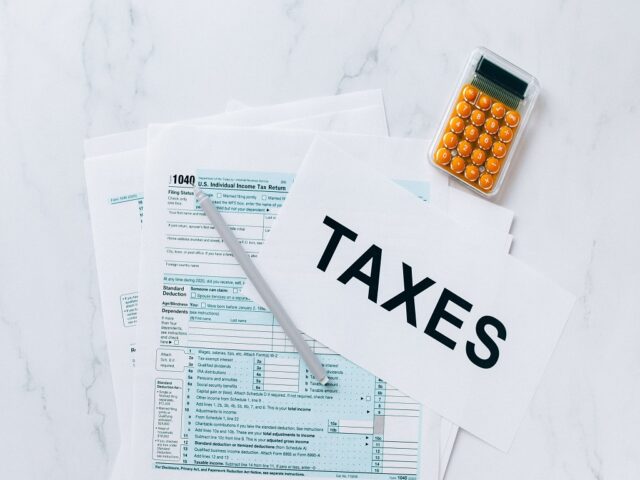Filing your income tax return can seem challenging, but it is possible. Here’s a comprehensive guide to filing your taxes.
Check Whether You Need to File Your Taxes
Whether you have to file a tax return or not depends on your tax filing status, income, age, and a number of other taxes. Even if you find that you don’t have to file your taxes, it makes sense to do it anyway. This way, you may at least receive a refund if you qualify for a tax break.
Choose how You Want to File Your Taxes
There are three primary ways to file taxes
Fill out an IRS Form 1040-SR or Form 1040 by hand and mail it
Use tax preparing software and file your taxes online
Hire an accountant or tax firm to file your taxes for you
Each of These Methods Has Its Own Pros and Cons.
Understand how Your Federal Taxes Are Determined
The government decides exactly how much taxes you owe by dividing your income into chunks that are called tax brackets. Each bracket is taxed at a certain tax rate. The best part about this system is that no matter which bracket you fall in, you will not pay that rate on your entire income. Since the United States follows a progressive tax system, people with higher incomes will be taxed more, while those with lower incomes get taxed less.
Gather All the Information
Gather all your documentation, including your Social Security number, W-2 form, 1099 forms, property taxes, charitable contributions, unreimbursed medical bills, etc., before you file your taxes.
Settle Your Balance with The Irs
If you owe any money, you can send the appropriate amount via electronic payment, debit or credit cards, and even cash. The IRS also offers payment plans to people who can’t pay what they owe all at once. There are two kinds of tax payment plans: short-term and long-term. In both cases, you’ll typically have to make monthly payments in order to settle what you owe. If you are getting a refund, there’s not much else you need to do except track the status of your payment from time to time.































